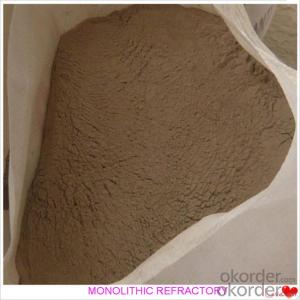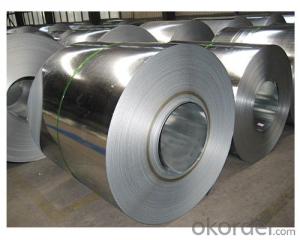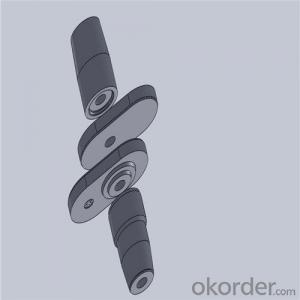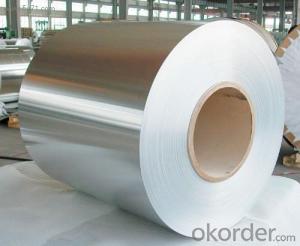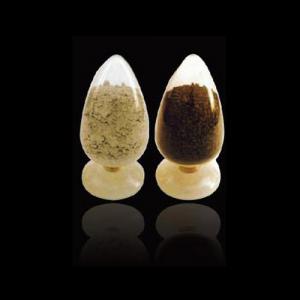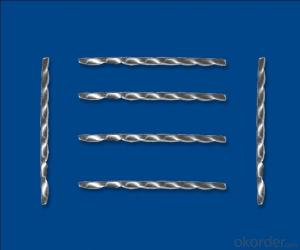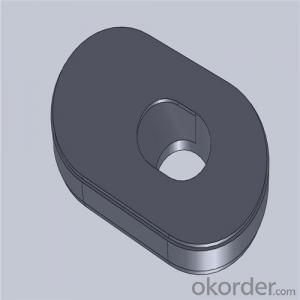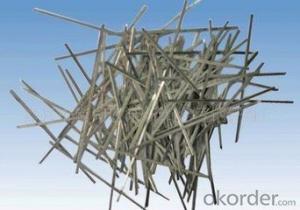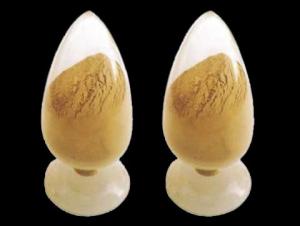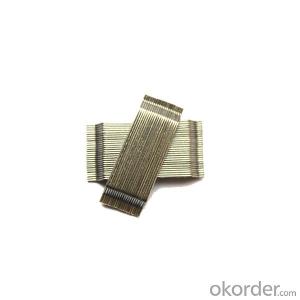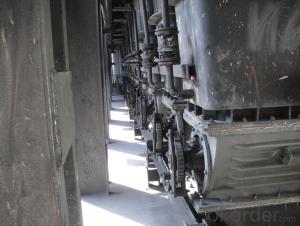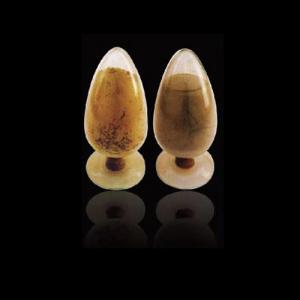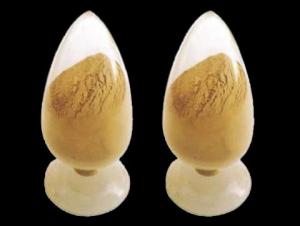All Categories
- - Steel Wire Rod
- - Steel Coils
- - Steel Profiles
- - Steel Pipes
- - Stainless Steel
- - Tinplate
- - Special Steel
- - Steel Sheets
- - Steel Rebars
- - Steel Strips
- - Hot Rolled Steel
- - Cold Rolled Steel
- - Pre-painted Steel
- - Seamless Steel Pipe
- - Welded Steel Pipe
- - Hollow Steel Tubes
- - Galvanized Pipe
- - Stainless Steel Coil
- - Stainless Steel Sheet
- - Stainless Steel Plate
- - Stainless Steel Strips
- - Electrolytic Tinplate Coil
- - Electrolytic Tinplate Sheet
- - Stainless Steel Rebars
- - Solar Panels
- - Solar Water Heater
- - Solar Related Products
- - Solar Inverter
- - Solar Cells
- - Solar Light
- - Solar Energy Systems
- - Solar Controllers
- - Solar Mounting System
- - Solar Pump
- - Solar Chargers
- - Fiberglass Chopped Strand
- - Fiberglass Mesh Cloth
- - Composite Pipes
- - FRP Pultrusion Profiles
- - Fiberglass Mat Tissue
- - Fiberglass Fabrics
- - Fiberglass Mesh
- - Composite Tank
- - Fiberglass Mesh tape
- - Polymer
- - FRP Roofing Panel
- - Fiberglass Roving
- - Monolithic Refractories
- - Ceramic Fiber Products
- - Refractory Bricks
- - Raw Materials For Refractory
- - Suspended Platform
- - Cranes
- - Concrete Machinery
- - Earthmoving Machinery
- - Building Hoist
- - Road Building Machinery
- - Plastic Pipe Fittings
- - Plastic Tubes
- - Plastic Sheets
- - Agricultural Plastic Products
- - Plastic Nets
Q & A
Can monolithic refractories be used for lining boilers and furnaces?
Yes, monolithic refractories can be used for lining boilers and furnaces. Monolithic refractories are versatile and can be shaped and installed according to the specific requirements of the boiler or furnace. They offer excellent thermal insulation and resistance to high temperatures, making them suitable for use in these applications. Additionally, monolithic refractories provide good resistance to thermal shocks and chemical attacks, ensuring durability and prolonged service life in boiler and furnace environments.
What are the innovations in monolithic refractories technology?
Some of the innovations in monolithic refractories technology include the development of advanced binder systems, improved particle size distribution, and the use of nano-materials. These innovations have resulted in enhanced thermal shock resistance, improved mechanical properties, and increased refractory lining lifespan. Additionally, advancements in application techniques, such as shotcreting and gunning, have allowed for faster installation and reduced downtime during repairs or maintenance. Overall, these innovations have greatly improved the performance and efficiency of monolithic refractories in various industrial applications.
How do monolithic refractories provide resistance to oxidizing atmospheres?
Monolithic refractories provide resistance to oxidizing atmospheres by forming a protective layer of oxide on their surface that acts as a barrier, preventing further oxidation of the refractory material. Additionally, these refractories often contain high levels of alumina or other oxides that have inherent resistance to oxidation, further enhancing their ability to withstand oxidizing environments.
Can monolithic refractories be used in the construction of ladles and tundishes?
Yes, monolithic refractories can be used in the construction of ladles and tundishes. Monolithic refractories, which are unshaped refractory materials, offer several advantages such as easy installation, improved thermal shock resistance, and better energy efficiency. They can be used to line the ladles and tundishes, providing high temperature resistance and durability in the harsh conditions of the molten metal industry.
How do monolithic refractories handle oxygen attack?
Monolithic refractories handle oxygen attack by forming a protective layer of refractory oxide on their surface, which acts as a barrier against further oxidation. Additionally, they possess high resistance to thermal shock and can withstand high temperatures, minimizing the risk of oxygen attack.
Wholesale Monolithic Refractories from supplier in Swaziland
Whether you are involved in steelmaking, cement production, petrochemical refining, or any other industry that requires high-quality refractory materials, we have the expertise and resources to meet your specific requirements.
Our monolithic refractories are known for their superior performance, durability, and resistance to extreme temperatures. We work closely with renowned manufacturers to ensure that our products meet the highest international standards. Whether you need castables, mortars, plastics, or any other monolithic refractory product, we have a wide range of options to choose from.
In addition to supplying top-notch products, we also provide comprehensive sales and technical support services. Our team of experts is always ready to assist you with product selection, application guidance, and troubleshooting. We understand the importance of timely and accurate information, which is why we are committed to delivering prompt responses to your queries and requests.
As a subsidiary platform of CNBM, a Fortune Global 500 company, we have the backing of a strong and reliable parent company. This allows us to leverage CNBM's extensive resources and global network to ensure seamless procurement and delivery processes. With our proven track record and industry expertise, you can trust us to be your reliable partner for all your monolithic refractories needs in Swaziland.
Contact us today to discuss your requirements and discover how our monolithic refractories can add value to your projects in Swaziland.
Our monolithic refractories are known for their superior performance, durability, and resistance to extreme temperatures. We work closely with renowned manufacturers to ensure that our products meet the highest international standards. Whether you need castables, mortars, plastics, or any other monolithic refractory product, we have a wide range of options to choose from.
In addition to supplying top-notch products, we also provide comprehensive sales and technical support services. Our team of experts is always ready to assist you with product selection, application guidance, and troubleshooting. We understand the importance of timely and accurate information, which is why we are committed to delivering prompt responses to your queries and requests.
As a subsidiary platform of CNBM, a Fortune Global 500 company, we have the backing of a strong and reliable parent company. This allows us to leverage CNBM's extensive resources and global network to ensure seamless procurement and delivery processes. With our proven track record and industry expertise, you can trust us to be your reliable partner for all your monolithic refractories needs in Swaziland.
Contact us today to discuss your requirements and discover how our monolithic refractories can add value to your projects in Swaziland.
Hot Search
- Monolithic Refractories in Bangladesh
- Ceramic Fiber Products in Bengal
- Refractory Bricks in Tuvalu
- Raw Materials For Refractory in Chile
- Raw Materials For Refractory in Brunei
- Ceramic Fiber Products in Chad
- Monolithic Refractories in Algeria
- Refractory Bricks in Vietnam
- Monolithic Refractories in Angola
- Monolithic Refractories in Croatia

